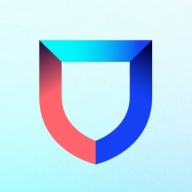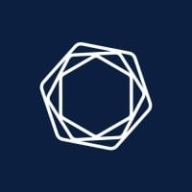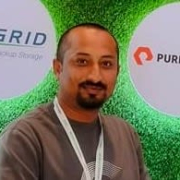


Tenable Vulnerability Management and Lacework FortiCNAPP are two solutions in the vulnerability management market. Tenable often holds an advantage in pricing and support; however, users commonly feel that Lacework's superior features justify its higher cost.
Features: Tenable provides robust vulnerability scanning and integrates effectively with third-party solutions, ensuring comprehensive visibility and continuous monitoring. Its stability and ease of setup increase its appeal for enterprises. Lacework offers anomaly detection, security compliance, and cloud security management, providing insights from an attacker's perspective. Its ability to centralize security logs helps users focus on significant risks.
Room for Improvement: Tenable could enhance dashboard customization, integration capabilities, and asset tagging. Its pricing may be prohibitive for smaller businesses. In contrast, Lacework needs to advance its default dashboards, alert management, and SIEM integrations. It could also benefit from better remediation features and improved data extraction processes.
Ease of Deployment and Customer Service: Tenable supports various deployment scenarios but faces criticism for slow technical support responsiveness. Lacework primarily serves cloud deployments and receives positive feedback for its supportive and responsive technical assistance during complex setups.
Pricing and ROI: Tenable is considered expensive, particularly for SMBs, though it offers good long-term ROI. A more flexible pricing model could enhance its appeal. Lacework, while also costly, is seen as a justified investment with effective features providing acceptable ROI, especially in larger cloud environments.
| Product | Market Share (%) |
|---|---|
| Tenable Vulnerability Management | 4.5% |
| Zafran Security | 1.0% |
| Lacework FortiCNAPP | 1.3% |
| Other | 93.2% |



| Company Size | Count |
|---|---|
| Small Business | 4 |
| Midsize Enterprise | 4 |
| Large Enterprise | 3 |
| Company Size | Count |
|---|---|
| Small Business | 20 |
| Midsize Enterprise | 2 |
| Large Enterprise | 21 |
Zafran Security integrates with existing security tools to identify and mitigate vulnerabilities effectively, proving that most critical vulnerabilities are not exploitable, optimizing threat management.
Zafran Security introduces an innovative operating model for managing security threats and vulnerabilities. By leveraging the threat exposure management platform, it pinpoints and prioritizes exploitable vulnerabilities, reducing risk through immediate remediation. This platform enhances your hybrid cloud security by normalizing vulnerability signals and integrating specific IT context data, such as CVE runtime presence and internet asset reachability, into its analysis. No longer reliant on patch windows, Zafran Security allows you to manage risks actively.
What are the key features of Zafran Security?
What benefits can users expect from Zafran Security?
In industries where security is paramount, such as finance and healthcare, Zafran Security provides invaluable protection by ensuring that only exploitable vulnerabilities are addressed. It allows entities to maintain robust security measures while allocating resources efficiently, fitting seamlessly into existing security strategies.
Lacework FortiCNAPP provides robust cloud security, combining vulnerability management and multi-cloud insight with user-friendly controls, machine learning detection, and compliance support.
Lacework FortiCNAPP specializes in cloud security by merging machine learning anomaly detection with agent-based vulnerability management to offer detailed alerts and compliance reports. Its comprehensive approach allows continuous monitoring across AWS and Kubernetes, providing insights from an attacker's perspective. The platform offers automation and seamless Slack integration, facilitating collaborative and efficient cloud security management. Users value its ability to handle multi-cloud environments and scan IAC scripts, configurations, and compute nodes across AWS and GCP.
What are the key features?Organizations across sectors leverage Lacework FortiCNAPP for cloud security, focusing on compliance, security posture, and vulnerability management. It is widely used for monitoring AWS and Kubernetes environments, scanning IAC scripts, configurations, and securing compute nodes. It supports multi-cloud security posture management and log ingestion, enabling companies to maintain strong cloud infrastructures without dedicated security layers.
Managed in the cloud and powered by Tenable Nessus, Tenable Vulnerability Management (formerly Tenable.io) provides the industry's most comprehensive vulnerability coverage with real-time continuous assessment of your organization. Built-in prioritization, threat intelligence and real-time insight help you understand your exposures and proactively prioritize remediations.
We monitor all Vulnerability Management reviews to prevent fraudulent reviews and keep review quality high. We do not post reviews by company employees or direct competitors. We validate each review for authenticity via cross-reference with LinkedIn, and personal follow-up with the reviewer when necessary.